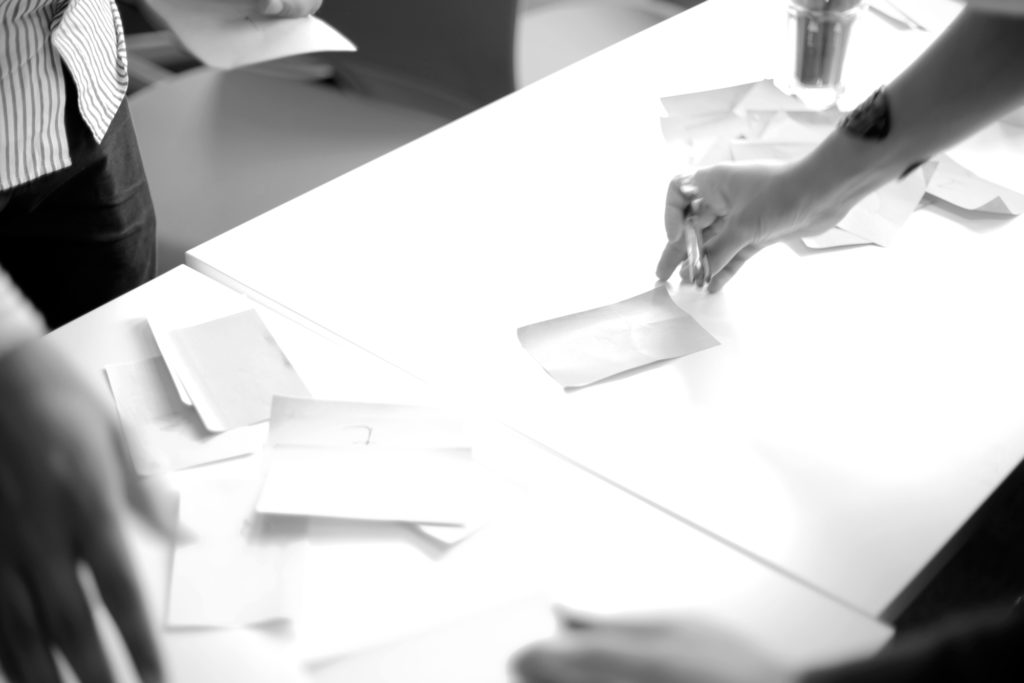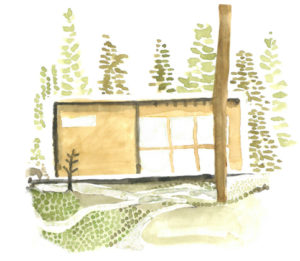The Glitcha! project consists of three parts: a virtual platform (website + Facebook group + blog) an itinerant Glitch Art exhibition, and a series of theoretical texts analyzing the sociopolitical implications of Glitch Art, starting with the upcoming text to be published in the January edition of Glitchet, that takes as case-study Peruvian Glitch/Error Aesthetics. Artists from places such as Mexico, Peru, Sweden, Rumania, Greece, Turkey and U.S. have been given the opportunity to interact, discuss, and show their own (visual) research on the subject.
Above all else glitch art is the art of inducing error artifacts in visual or audio data. In fact, the etymology of ‘glitch’ has as much to do with ‘failure’ as it has to do with ‘technical problems’ which may or may not be of a digital or electronic nature (1). The Glitcha! platform was generated from an intentional rupture: Paola Torres has been researching on the generic concept of “pattern” since 2012, leading to varios art works and solo shows, the most recent one in 2015, called Perennial Patterns, Liquid Matrices, that linked design patterns in traditional societies and concepts found within Information Technologies. Repeated decoration, recurring design, regular/ intelligible form or discernible sequence a pattern can be a template/stencil, a layout, a mold, a strand of DNA which sets the genetic sequence of a new strand, a blueprint or map. In fact, pattern recognition is the primary way that our brain processes sensory stimuli: in the end, it may be seen essentially as a way of mapping, consisting of finding correspondences between planes or fields through isomorphic configurations that inevitably end up reflected in the diverse manifestations of human creativity, starting, in this particular case, from aesthetics and design.
Comprehension through Creative Destruction
A glitch could be taken then as an irruption, a breaking down of a pattern or system. In such a way, it’s the other side of one same coin. Referring to Glitch Art and its origins, Rosa Menkman, important Glitch Aesthetics theoretician, states:
“While most of these artworks do not have a lot in common, all of them do show that this is the product of an elitist discourse and dogma widely pursued by the naive victims of a persistent upgrade culture (…). In the future the consumer will pay less for a device that can do more, but at the same time will reach a state of obsolescence faster. This quest for complete transparency (the perfect, invisible interface) has changed the computer system into a highly complex assemblage that is hard to penetrate, and sometimes even completely closed off. (…) The user has to realize that improvement is nothing more than a proprietary protocol, a deluded consumer myth of progression towards a holy grail of perfection.” (2)
Glitch art would then exist as a reaction that questions both the limits of a particular digital system (computer, smartphone, etc) as well as the global socio-technological system, where errors on a smaller scale (i.e. the particular) would be a transcalar mirror (mirror in the sense described by Danto(3)) of failures within our current system of “technological dependence and constant need to upgrade”.
(1) Zimmer, Ben, The Hidden History of Glitch, for Visual Thesaurus, https://www.visualthesaurus.com/cm/wordroutes/the-hidden-history-of-glitch/
(2) Menkman, Rosa, Glitch Studies Manifesto, in Video Vortex Reader II, Institute of Network Cultures, http://art310-f12-hoy.wikispaces.umb.edu/file/view/Glitch+Studies+Manifesto+rewrite+for+Video+Vortex+2+reader.pdf
(3) Danto, Arthur C. 1981. The Transfiguration of the Commonplace.
Paola Torres Núñez del Prado explores notions of interpretation, translation, misrepresentation and perceptual cross-modality by the act of going beyond the “observing of art” through interactive painting, sculpture and video-art.
She has been part of art shows in Stockholm, Malmo and Norrkoping in Sweden, Lima, Cuzco and Arequipa in Peru, New York, Albuquerque and Florida in U.S.
She has won the Arte.mov “Midias Locativas Amazonian Ecorregion” Prize, and have been Finalist in multiple art competitions.Paola Torres Nuñez del Prado holds an M.A. from The Royal College of Art, Sweden and an undergraduate degree in art at Hunter College, City
University of New York (2003-2004).


